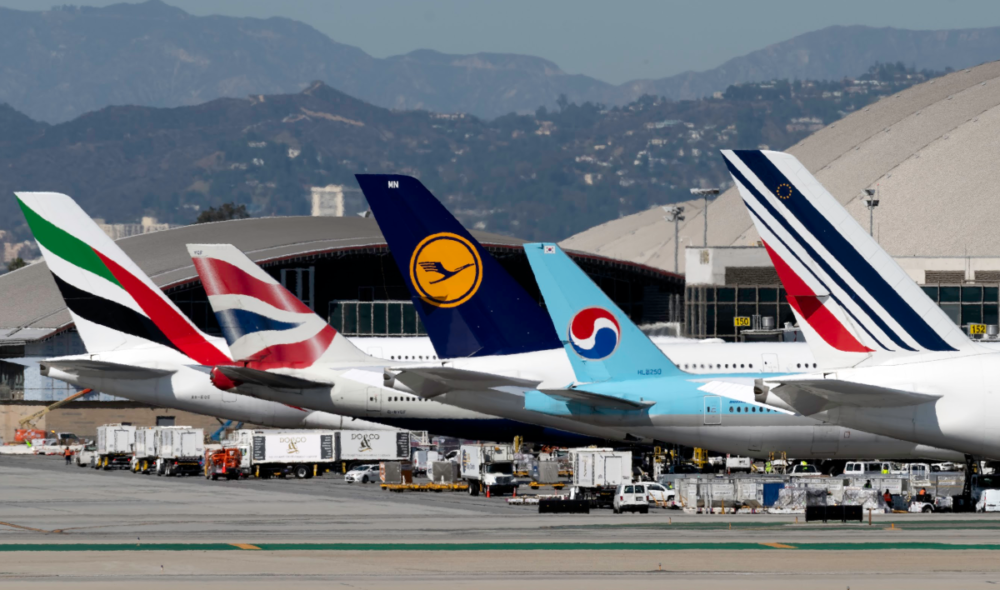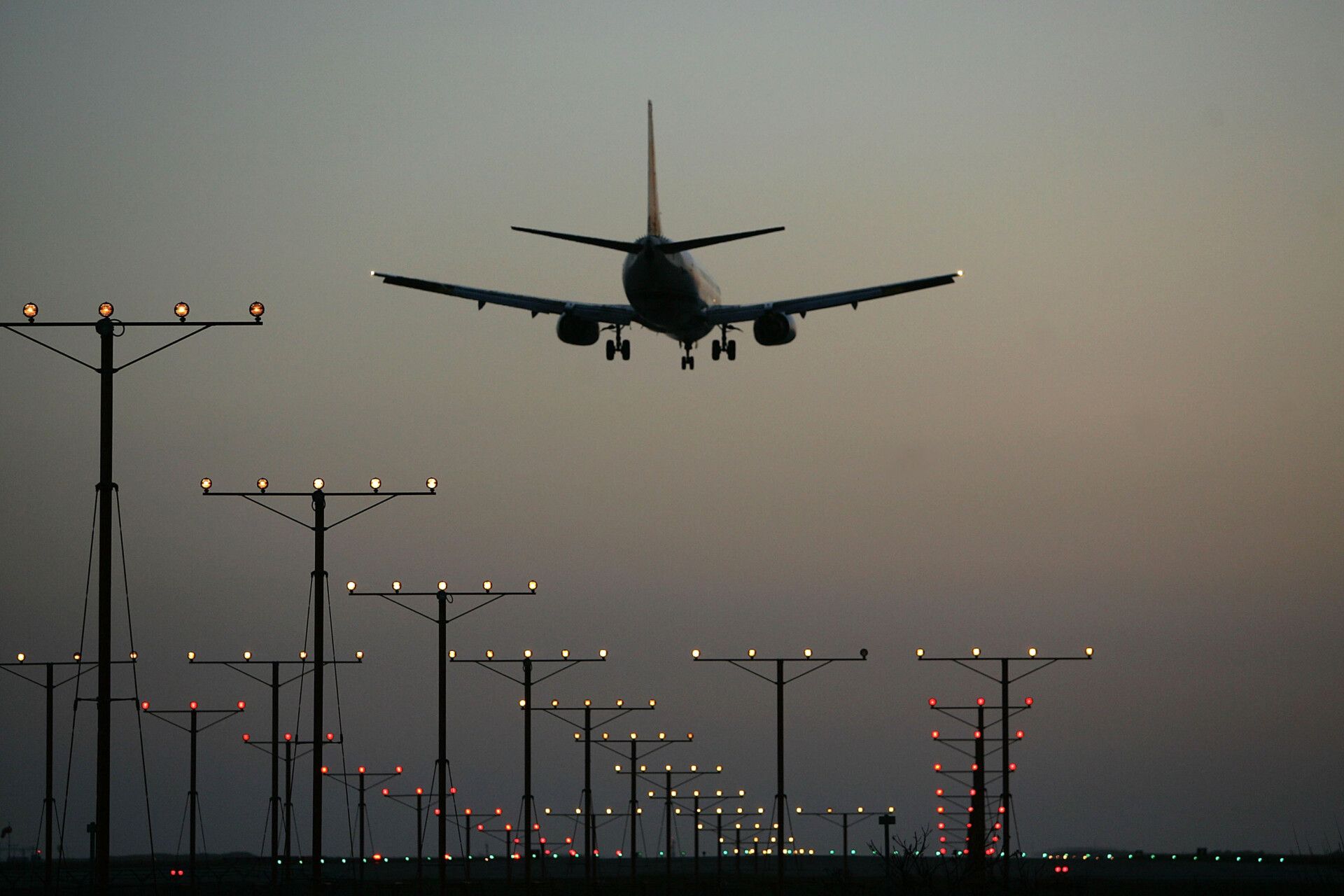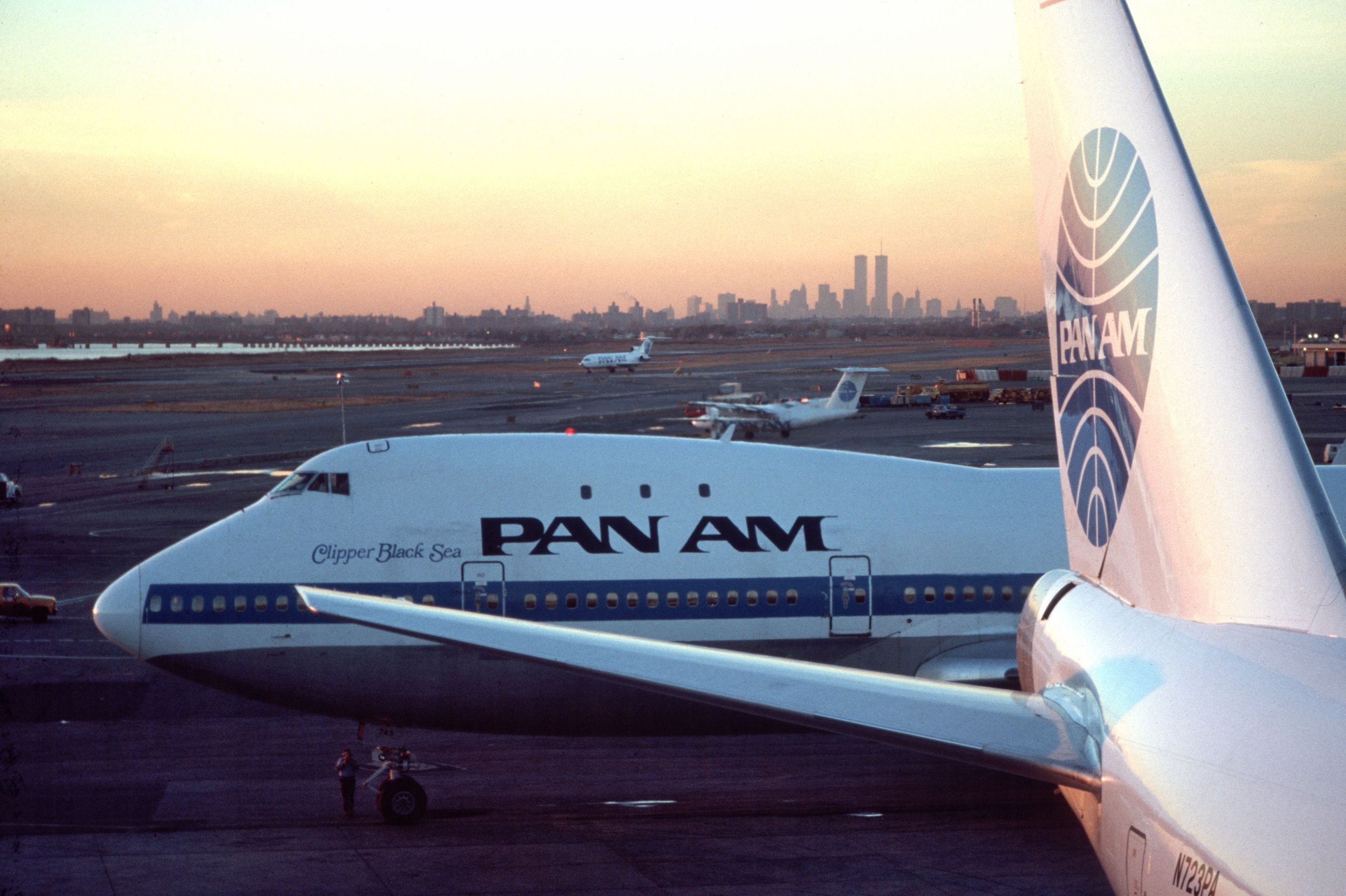Summer holidays will be coming at a premium if oil prices continue to increase. Experts have claimed that potential fuel charges could raise airfare costs by at least 15%.
The Russian invasion of Ukraine has sparked an energy shock, with oil prices reaching their highest level since 2008.
Some Asian and Middle Eastern carriers have already implemented fuel charges. Last week AirAsia added its first fuel surcharge on ticket prices since 2015. Malaysia Airlines will be implementing one from 23 March to offset costs lost on unprofitable routes, while Emirates, JAL, and ANA have also raised surcharges.
What is going on?
De Telegraaf notes that Russia’s influence on the global energy market is causing an unprecedented problem within the aviation industry. The cost of a barrel of oil peaked at $140 on Monday. British MP’s have expressed fears that prices could hit $240 by this summer, while French Economy Minister Bruno Le Maire has warned that the fallout could be comparable to the 1973 oil crisis. Speaking at a conference on Wednesday, Le Maire stated:
“The current energy crisis is comparable in intensity, in brutality, to the oil shock of 1973. In 1973, as you know, the response caused an inflationary shock, leading central banks to massively increase their rates, which killed off growth. This has a name: stagflation, and it’s precisely what we want to avoid in 2022.”
What will happen?
The immediate problem for airlines is the rising cost of oil, with fuel taking up 35% of airline operating costs. Carriers are looking to mitigate damage by adding surcharges to airfare, which will lead to higher prices for holidaymakers.
Several carriers, notably Ryanair, hedge their oil costs, reducing fuel prices in the short term. Ryanair is fully hedged this year at $65 per barrel, almost half as much as current prices.
The only US carriers currently hedging are Southwest and Alaska, though not in full. Many airlines dumped their hedging policies in the wake of decreasing oil prices during the pandemic, leaving them exposed currently.
However, hedging does not mitigate increased personnel and maintenance costs from longer flights. Routes from Europe and the United States to Asia have been hit hardest, with some flight times increasing by up to three hours.
Demand for long-haul flights remains low due to pandemic-induced travel restrictions; however, the recent rise in costs is likely to put potential holidaymakers off international travel. Speaking to Reuters, aviation analyst Brendan Sobie has warned:
“Another concern is the impact on international passenger demand in some markets, resulting in a setback in the overall recovery of international air travel.”
Every cloud?
The 1973 oil crisis was triggered by the Yom Kippur War, where Arab members of OPEC embargoed their oil over the United States’ support of Israel. The introduction of sanctions against imports of Russian energy has drawn some comparisons, though the current aviation industry has set itself up to mitigate short-term damage.
In 1973, oil prices soared by 400%, forcing the aviation industry to develop more efficient jets, transforming flying into its current form.
With a renewed focus on sustainable aviation and commitments to net-zero carbon goals, the question is; could the current oil shock lead to a quicker adaption of these policies?
What do you think of the potential rising costs for aviation? Will you still be flying this summer? Let us know in the comments.



